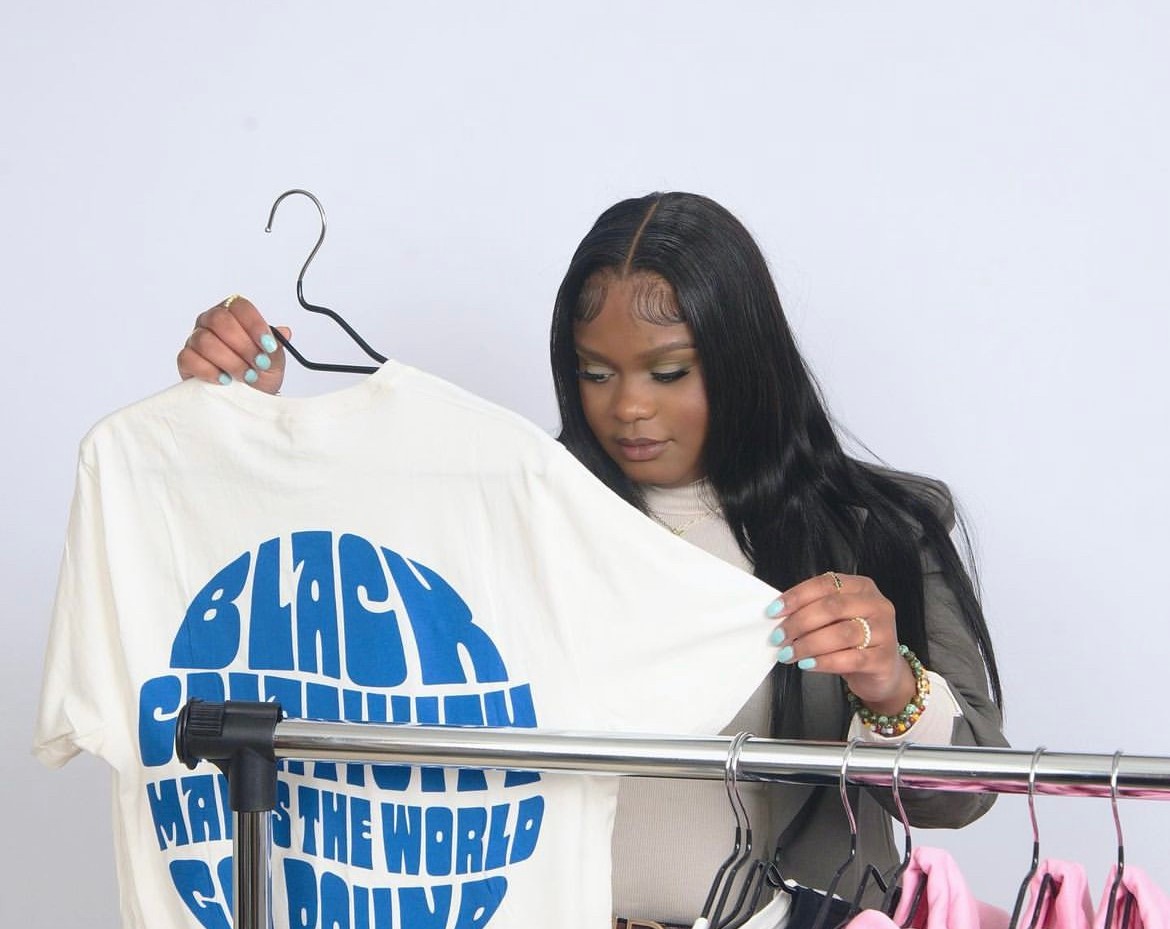We were lucky to catch up with Shy’Ora/Ta’Mar Tolbert/Marshall recently and have shared our conversation below.
Hi Shy’Ora/Ta’Mar, thanks for joining us today. We’d love to hear your thoughts about family businesses.
Running a family-owned business is not a new concept for us. We learned a lot about business early on from watching our mom run several businesses simultaneously. Hustle and drive are what were instilled in us at an early age. Our mom got that from her parents. Our grandfather in particular was the epitome of hustle and determination. So when we started Irenic during the pandemic together in (Shy’s apartment) it was not a foreign concept. -Ta’Mar M. (Assistant Creative Director)
But, I think the most challenging thing with running a business that we own together as sisters are really around ideas. We often have different ideas and it can be challenging to figure out what idea should become the launching pad for new clothing or accessories for our brand. We often have to ground back to the idea that we are creating clothing for our customers rather than ourselves. We try not to let personal issues affect our business, but it can sometimes happen if you let it. We have different strengths though and I think we often leverage those when we think about the business’s success. By day I am a business strategist for a Healthcare Artificial Intelligence company–so the strategy is something that comes easier for me. In addition, I’m a self-taught graphic designer. So, dealing with vendors and creating designs is my thing. Ta’Mar is great at keeping abreast of social media trends and curating community events. -Shy’Ora T. (Creative Director)
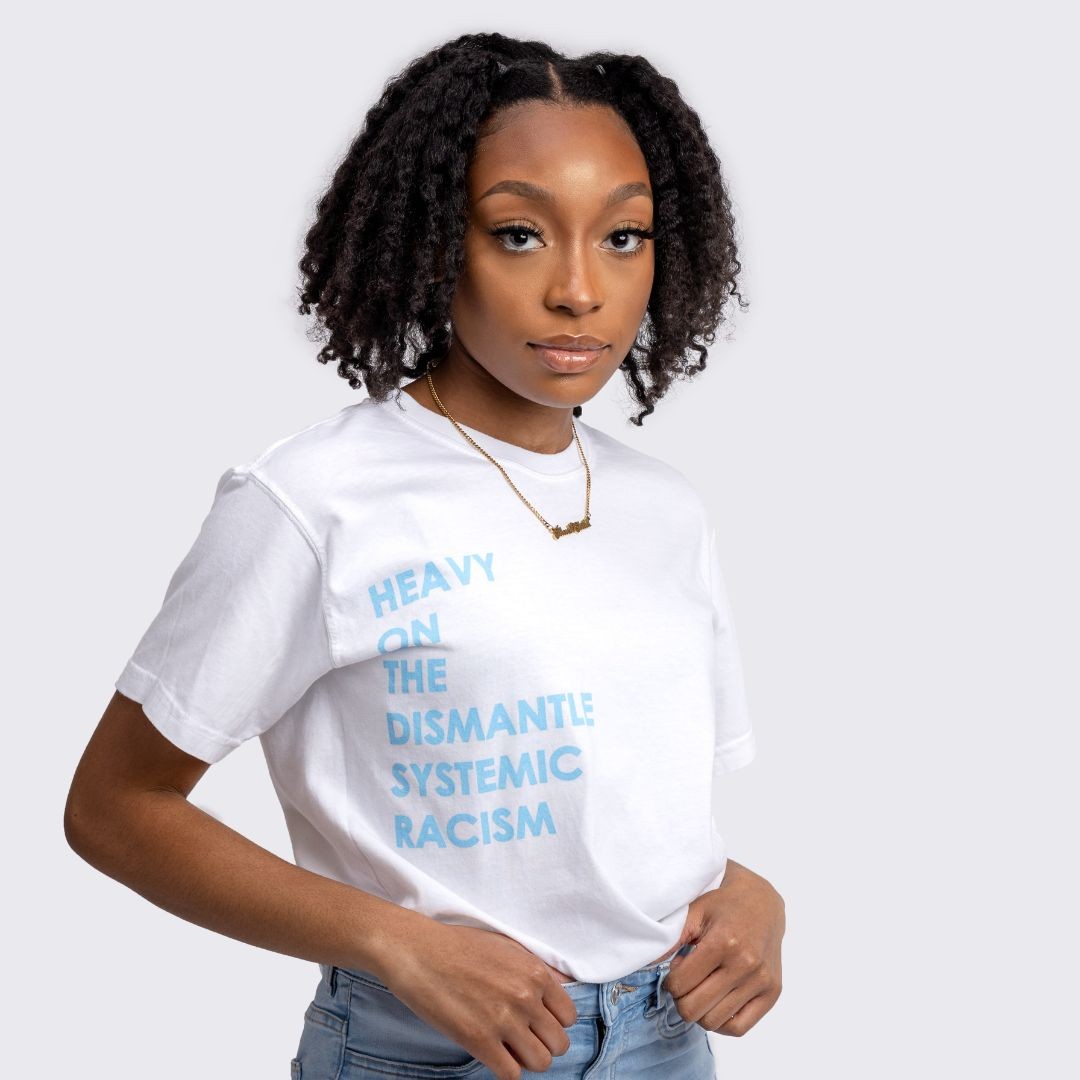
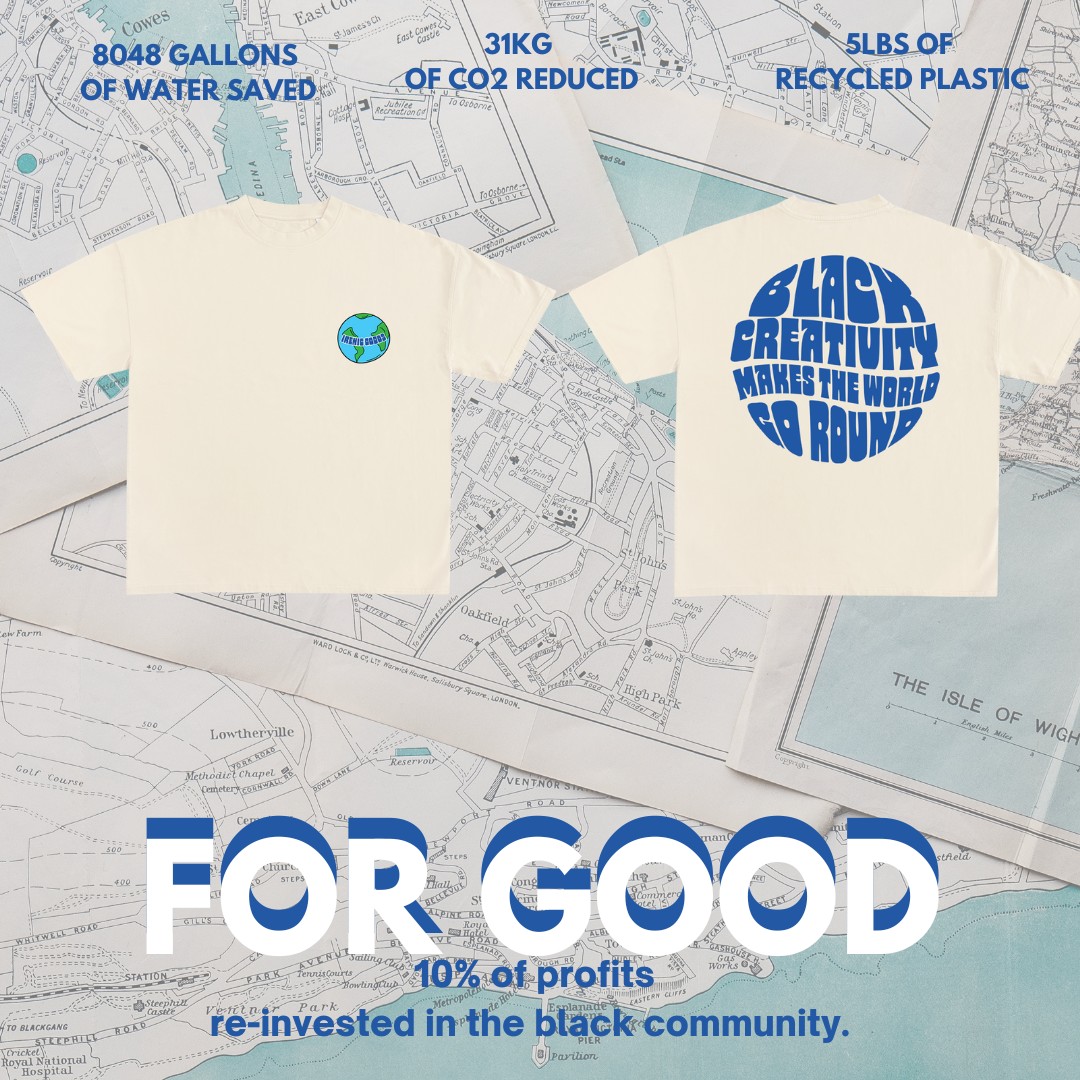
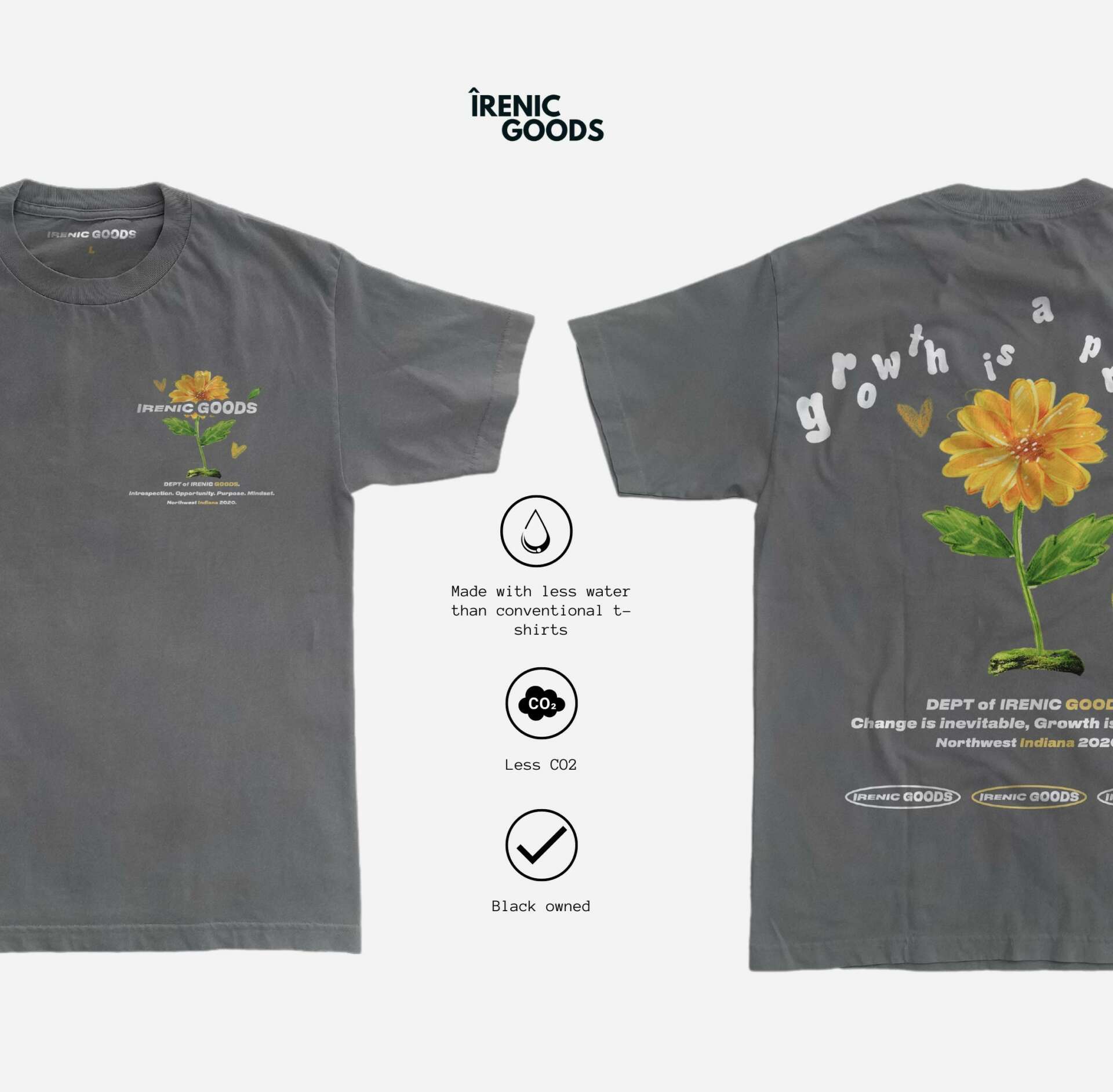
Great, appreciate you sharing that with us. Before we ask you to share more of your insights, can you take a moment to introduce yourself and how you got to where you are today to our readers
We are Irenic Goods. Irenic Goods is a black-owned streetwear-influenced brand creating goods at the intersection of culture and consciousness. We recognize that streetwear is a main contributor to waste and nearly 73% of the world’s clothing ends up in landfills each year. This is why a number of the items produced by Irenic Goods are eco-friendly. In fact, we committed to transitioning 100% of our t-shirts to eco-friendly options by end of 2021 and we’ve been able to meet that goal. Our aim is to create products in small batches (enough for our target audience to consume) and be thoughtful about the impact the clothing we make has on our planet. We are proud of this transition and hope to be able to ensure that every single item on our site is eco-friendly. It is a lofty goal for a small business to accomplish. But, we know that we can get there. In addition, we are also proud of our connection to our local community. A number of our customers are young adults or students and they show us every day how connected they are to our mission to create clothing that they can connect with and clothing that they can feel good about wearing. Because of this, we donate 10% of our profits from selected items back to our community.
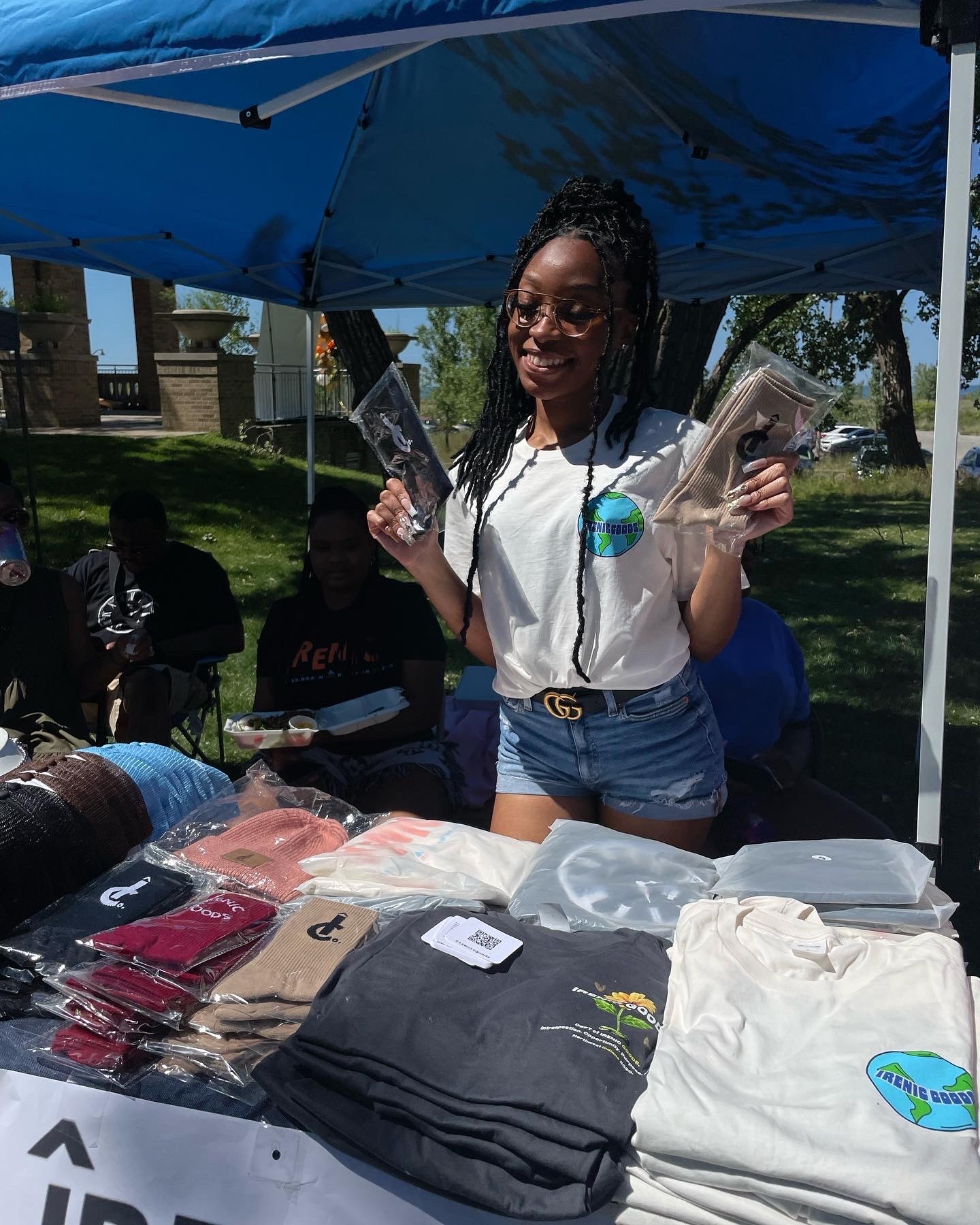
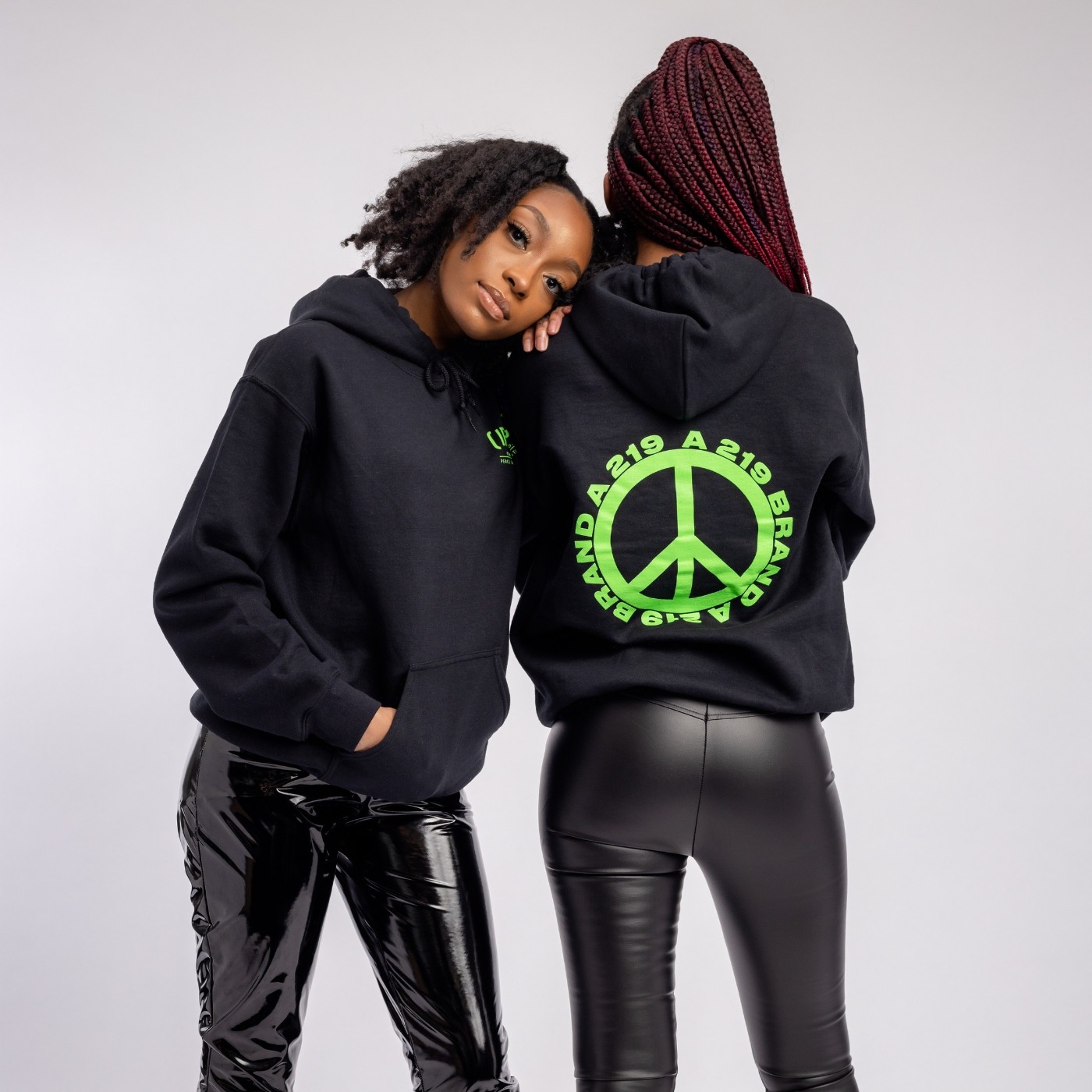
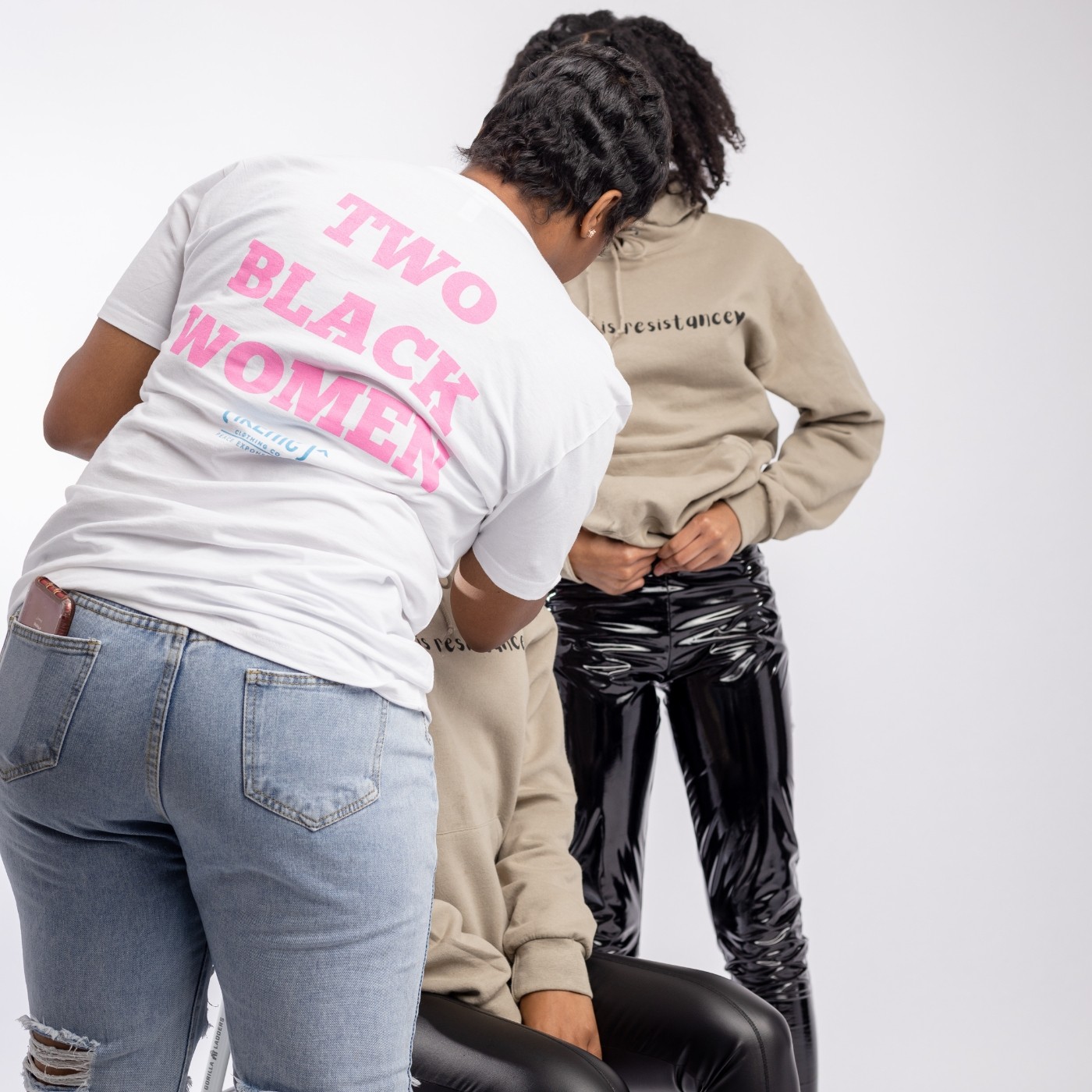
Can you talk to us about how your funded your business?
Shy’Ora: My sister was still in high school at the time so I funded Irenic Goods with my sales bonuses from my 9-5. I initially started super small and bought a Cricut Machine and vinyl. I was still nervous about the idea of starting a brand and I wasn’t completely sold on starting the business, especially during a global pandemic. I purchased 4-5 t-shirts at Michaels and made one shirt. It was during the time that George Floyd was murdered. So the shirt read, “Pull Up. Dismantle Systemic Racism”. I took a picture wearing it and posted it on my Instagram and sent it to my sister. Soon after, I received DMs from friends asking where I purchased the shirt. I told them I had made it myself. I sold a few iron on shirts for just $5 to test things out with friends. Shortly after, I decided to think about how to take orders efficiently. I decided we needed a website. Initially, I was planning to pay someone to create the website. However, it seemed like something I could manage myself with a website builder. I built the website in less than 24 hours. We took pre-orders for a few weeks on the website and built up anticipation for the one product we had. We then took the money we had just received from our customers and used it to work with a small local manufacturer to produce better-quality shirts.
Ta’Mar: Being in highschool, I didn’t have much money to really contribute to the initial capital needed to start Irenic Goods. So, I helped in other ways. I marketed our brand to friends and got them to take pictures in our shirts. I also purchased small things like bags to package items or labels from Amazon.
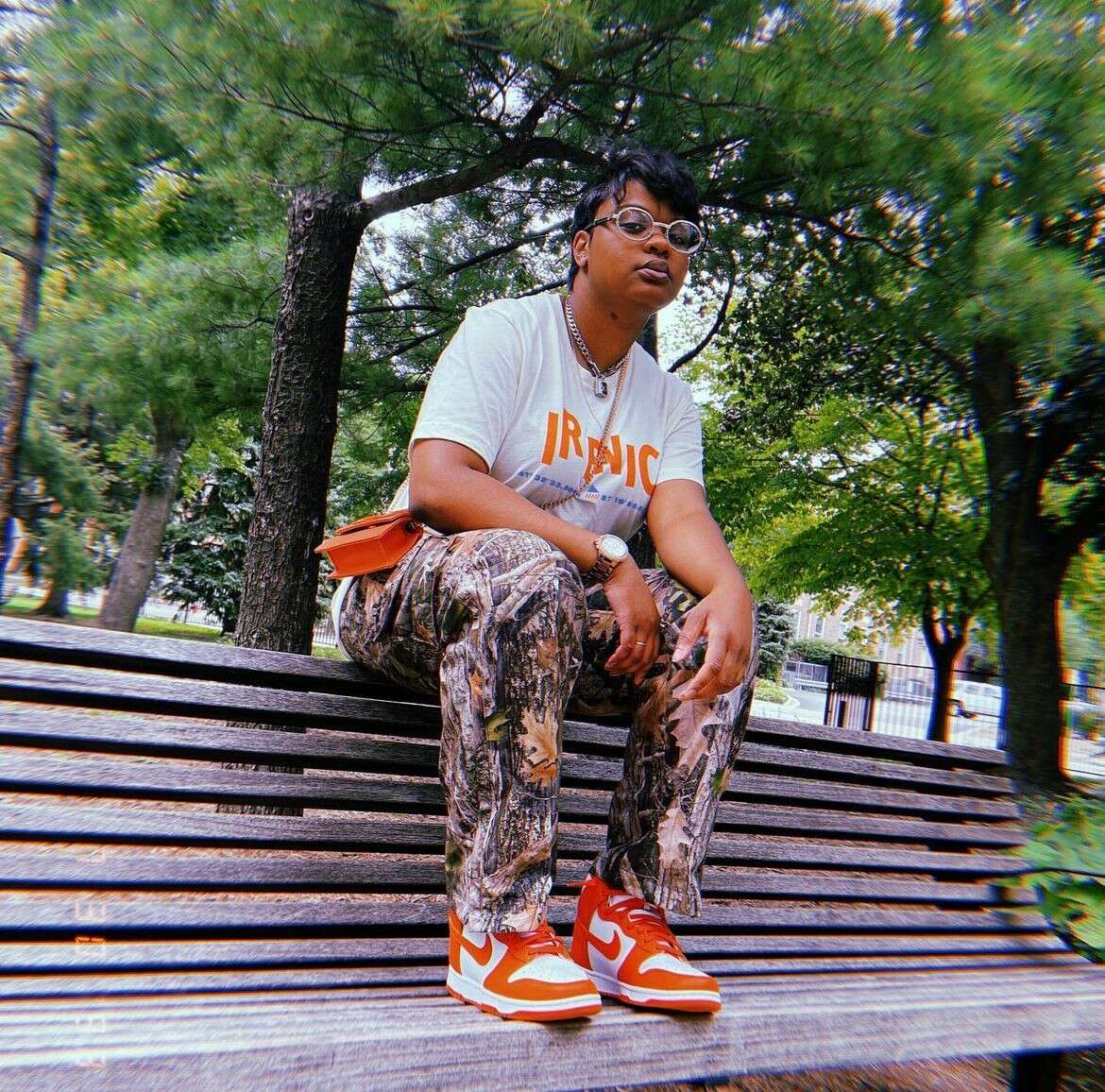
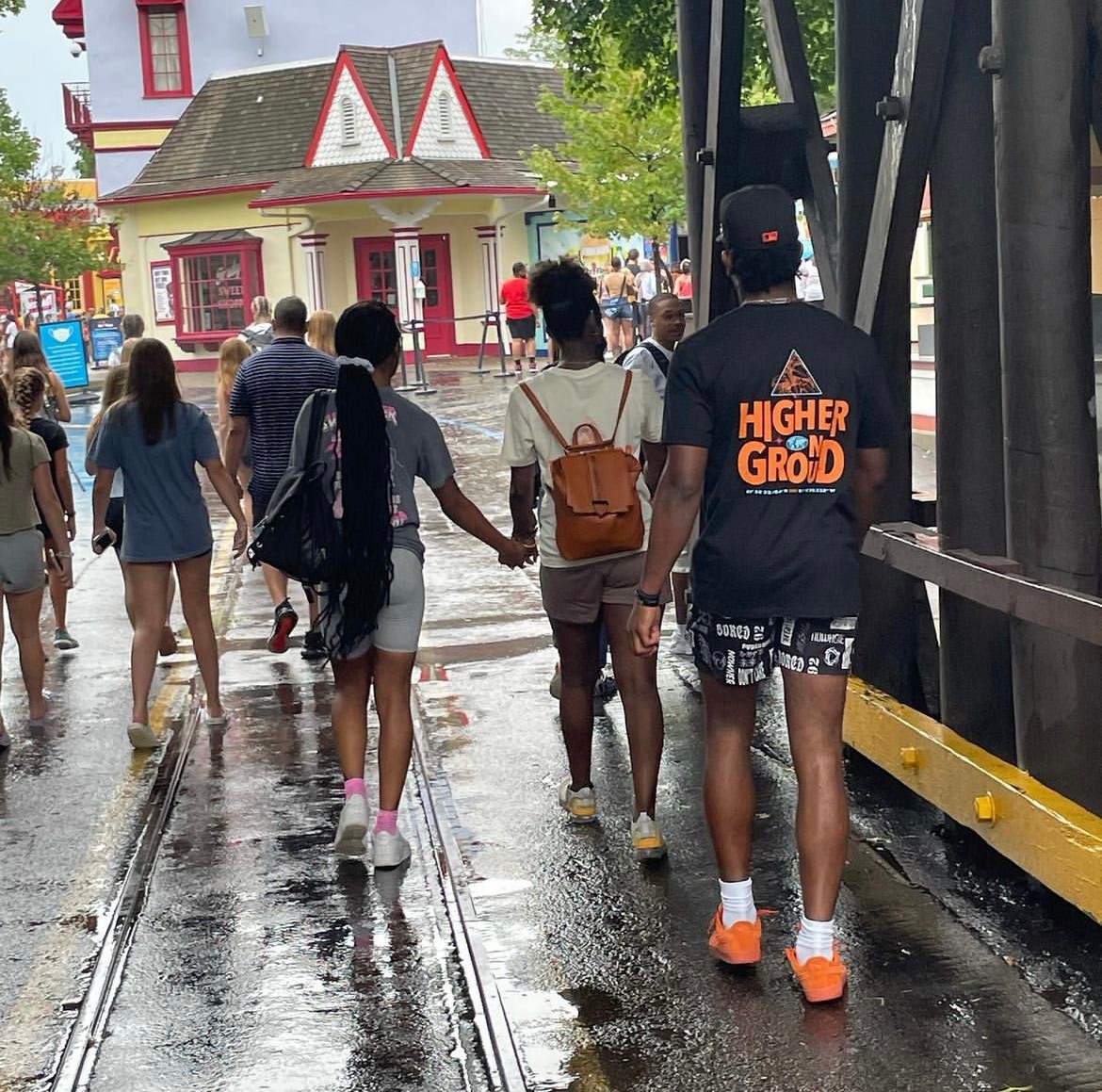
Is there something you think non-creatives will struggle to understand about your journey as a creative?
Shy’Ora: I think often non-creatives don’t understand the cost of creative projects, the emotional ties you often create towards projects (good and bad), and having to believe in yourself. Creating products and putting them in the world to be bought, consumed, or viewed by people takes a lot of vulnerability. Using your creative passions to fuel a business comes with risks and the journey is rarely a straight path. Often, you might take two steps forward and seven steps backward in the same day. Some days you get 40 orders in a few hours and sometimes you get 0 for a few days. When it comes to risks, I used the bonuses (from my 9-5) that I would have otherwise tried to save because there was so much economic uncertainty during the pandemic. In addition, I think sometimes you can lose a bit of creativity or drive to create due to the nature of business. I think it’s one of the reasons that I believe that you shouldn’t turn every creative hobby into a revenue-generating hobby.
Ta’Mar: For me, I think sometimes you get burnt out or have no creative ideas to share. You can go through periods where you don’t have anything creative to share with the world. I think in those instances, I often will turn to customer feedback and reviews for inspiration. Also, I think sometimes, you can have a vision in your head and because of certain limitations (cost, fabric, manufacturers etc.), you may have to be okay with sacrificing some of the creativity in exchange for providing a quality and timely product to your customers. We try not to rush the creative process often but, customers care about getting their products as promised, and rightfully so. They may like your creativity and the idea behind something but, at the end of the day, the creative process is not something they’re thinking about upfront.
Contact Info:
- Website: irenicgoods.com
- Instagram: @irenicgoods, @shy.tolbert @iam.tamar_


